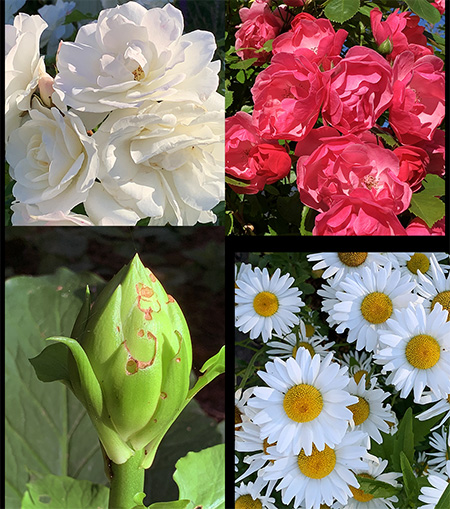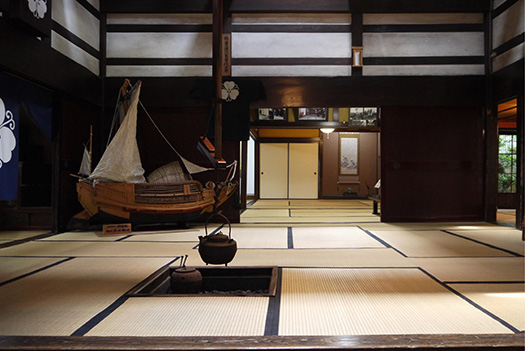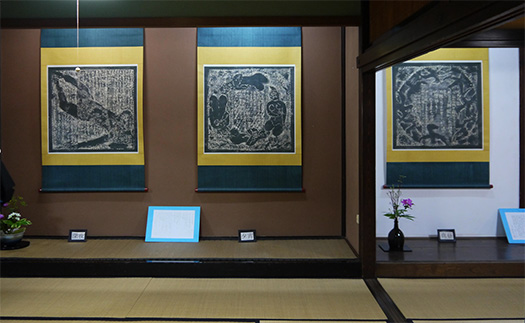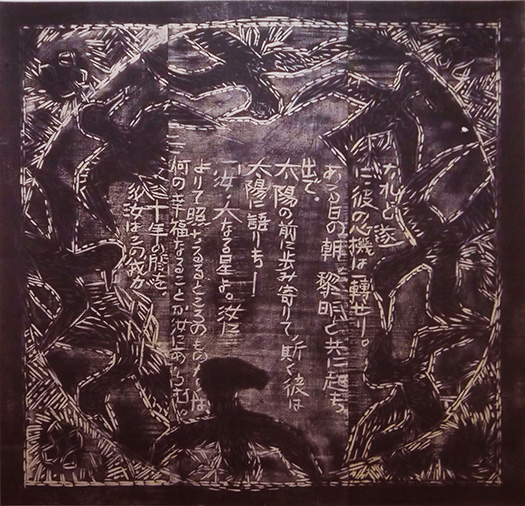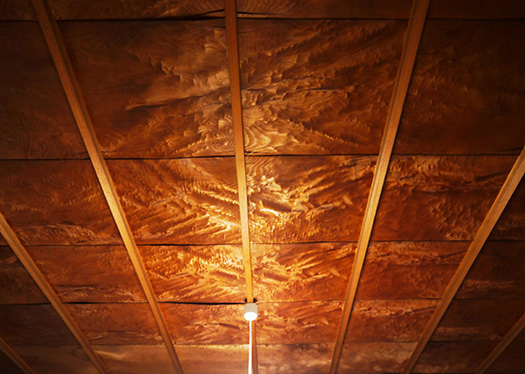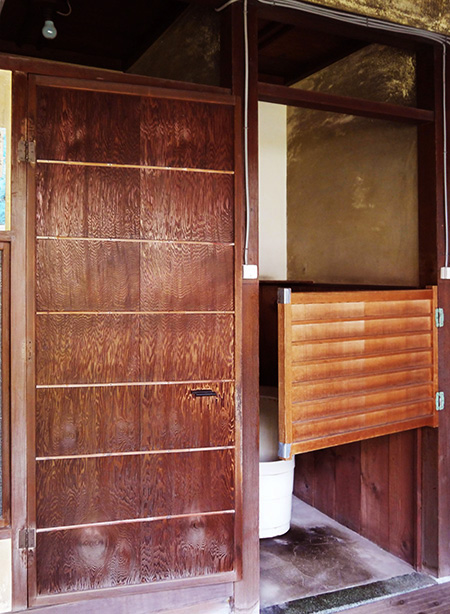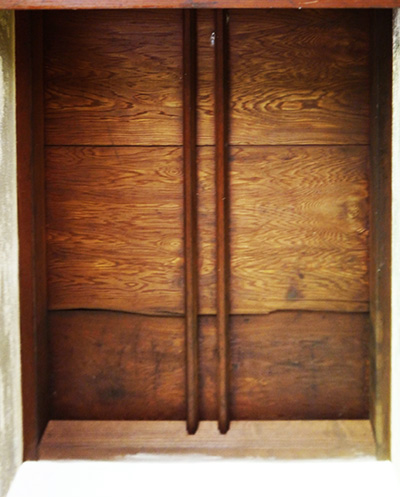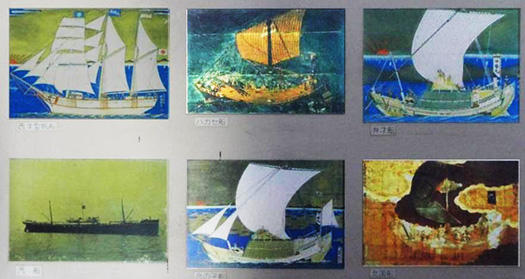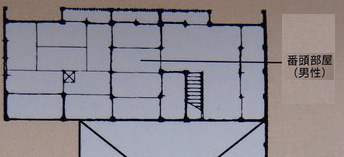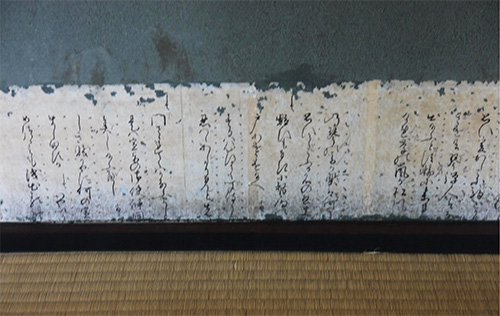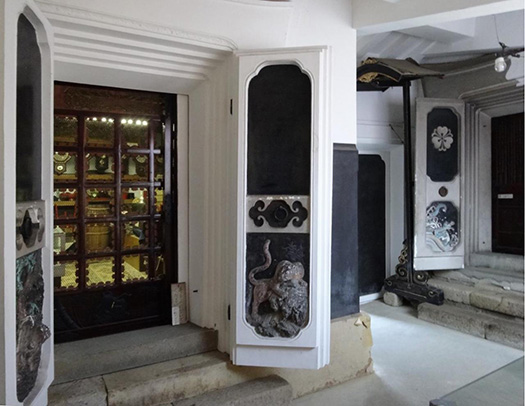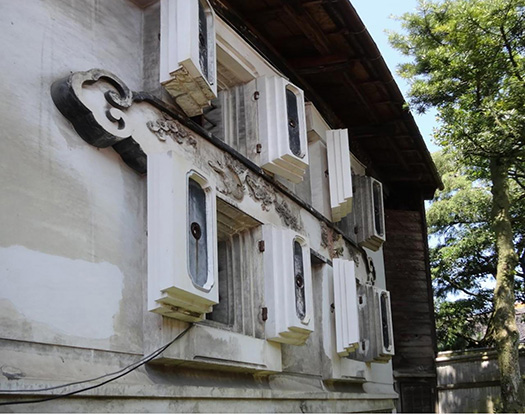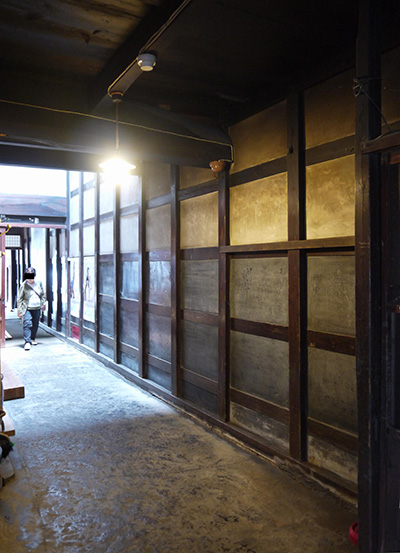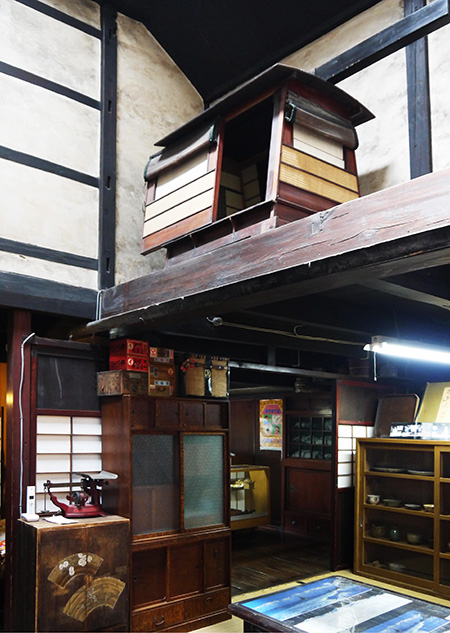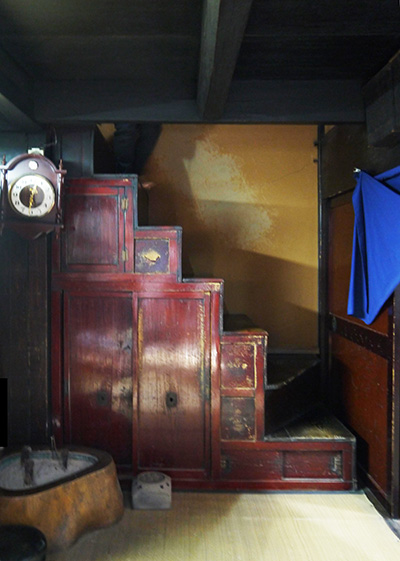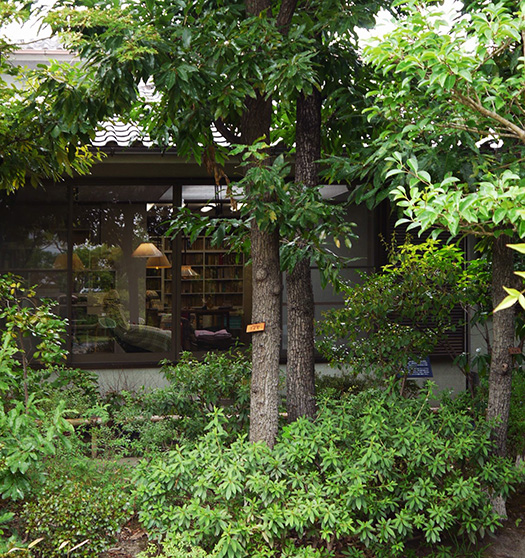


大阪に司馬遼太郎さんの住まいがあってかれの死後、
「司馬遼太郎記念館」として安藤忠雄の設計で保存されていると聞いて
関西版創刊の進行時の休日、訪問してみた。
外観全景など建物全体の様子はうかがい知ることができませんでしたし、
館内は撮影不可でしたが、うっそうと生い茂った庭越しに
雰囲気を撮影することはできました。
なにより敬愛する作家のひととなりに触れられた機会。
司馬遼太郎さんは、わたしの読書体験の中でも格別の存在。
というのは個人的に少年期、文壇ジャーナリズムが絶賛していた
最年少芥川賞受賞者・大江健三郎さんの存在を知った。
左翼かぶれ少年としてはぜひかれの作品を読みこなしたかった。
高校の友人たちの中には、直接大江健三郎を訪ねたという
猛者もいたほどだったのです。かれはその後自殺したのですが・・・。
ということで当時「万延元年のフットボール」が上梓されたので読んでみた。
そしてその難解さに辟易しながら最後はウィスキーに酔いながら読了した。
・・・深い絶望感に襲われた。まったく内容が頭に残っていなかった。
しかし、このような作品を読みこなすことがある種のステータスなのかと
錯覚しながら、その後もいくつもの作品を読み進めていた。
けれども自分自身では同意したり、理解したりすることができなかった。
深く打ちのめされた気分で、やはり文学という想像力の世界は
自分にはふさわしくなくて、あくまでも論理的なノンフィクション、
あるいは論考を深めるタイプの領域の方がふさわしいと思い込んでしまった。
以降、大江さん的純文学はわたしのなかでは青春の挫折感となっていた。
そういう自分にとってふと手にしていた司馬遼太郎作品はどれも
いわば通常的に常識的な日本語の世界で、そして歴史上の人物のひととなりに
迫っていくわかりやすさを感じさせてくれて、無上の開放感を感じた。
大江さん世界から脱出して、人生に希望をしっかり持てるのだと
そういうふうにチェンジすることができた体験を持っているのです。
先述の友人のような悲劇に落ちることなく、前を向いて生きることができた。
国盗り物語や播磨灘物語、関ヶ原などの作品世界ではそれぞれの人間の
事跡を通した人間探究の姿勢が深く感じられ、
自分自身の内面と語り合いながら、歴史上の人物との対話が成立するように思えた。
左翼かぶれ少年を司馬遼太郎作品は救ってくれたと思っているのです。
わたしは住宅がライフワークになったので、司馬さんがどんな空間で
その作家活動を続けてきたのか、強い興味を抱いておりました。
ちょうど、この連載ブログで前回、倉敷大原家の当主の住宅購入経緯も取材し
そこで当主と棟方志功の掛け軸画のやりとりも書いたことで
いわば住宅と人間ドラマみたいな興味分野があると。
・・・おっと、思わず前段が長くなってきてしまった(笑)。
続きは明日以降、何回か書いてみたいと思います。
写真は司馬さんの書斎を囲む緑の庭からのものと、
表札、そして玄関の雰囲気であります。
English version⬇
[Writer, Ryotaro Shiba Memorial Hall / Good Japanese House ㉟-1]
Ryotaro Shiba’s residence in Osaka, after his death
I heard that it was preserved as “Shiba Ryotaro Memorial Hall” designed by Tadao Ando.
I visited on a holiday when the Kansai edition was first published.
I couldn’t see the whole building, including the whole view of the exterior.
It was not possible to take pictures inside the building, but over the densely overgrown garden
I was able to shoot the atmosphere.
Above all, it was an opportunity to be touched by one of my beloved writers.
Ryotaro Shiba is a special person in my reading experience.
I personally praised Bundan journalism as a boy.
I learned about the existence of the youngest Akutagawa Prize winner, Kenzaburo Oe.
As a left-wing rash boy, he definitely wanted to read his work.
Some of his high school friends said he visited Kenzaburo Oe directly.
He was even a fierce man. He committed suicide after that …
That’s why “Football in the first year of Man-en” was published at that time, so I read it.
And at the end, I read it while getting drunk with whiskey while being frustrated by the difficulty.
… I was struck by a deep sense of despair. I didn’t have any content in my head.
However, is it a kind of status to read such works?
While illusioning, I continued to read several works after that.
He, however, could not agree or understand on his own.
Feeling deeply overwhelmed, the world of imagination of literature
It ’s not suitable for me, it ’s just logical non-fiction.
Or I thought that the area of deepening the discussion was more suitable.
Since then, Oe-san’s pure literature has been a frustrating feeling for youth in me.
All of Ryotaro Shiba’s works that I had in my hands
So to speak, in the world of Japanese, which is usually common sense, and as a person in history
He made me feel the approaching clarity and the feeling of openness.
Oe-san, he said he could escape from the world and have hope in his life.
He has the experience of being able to change that way.
He was able to live forward without falling into the tragedy of his friend.
In the world of works such as Kunitori Monogatari, Harima Nada Monogatari, and Sekigahara, each human being
The attitude of human exploration through the traces is deeply felt,
It seemed that a dialogue with a historical figure would be established while talking with one’s inner self.
I think Ryotaro Shiba’s work saved the boy with a left-wing rash.
Since housing has become a lifework for me, what kind of space is Mr. Shiba?
He was very interested in whether he had continued his career as a writer.
Just last time in this serialized blog, I also covered the history of the owner of the Kurashiki Ohara family’s house purchase.
So I wrote an exchange of hanging scrolls between the head and Shiko Munakata.
So to speak, there are areas of interest such as housing and human drama.
Oops, the first stage has become longer than I expected (laughs).
I would like to write the continuation several times after tomorrow.
The photo is from the green garden surrounding Mr. Shiba’s study,
It is the nameplate and the atmosphere of the entrance.
Posted on 6月 26th, 2021 by 三木 奎吾
Filed under: 住宅マーケティング, 日本社会・文化研究 | No Comments »


